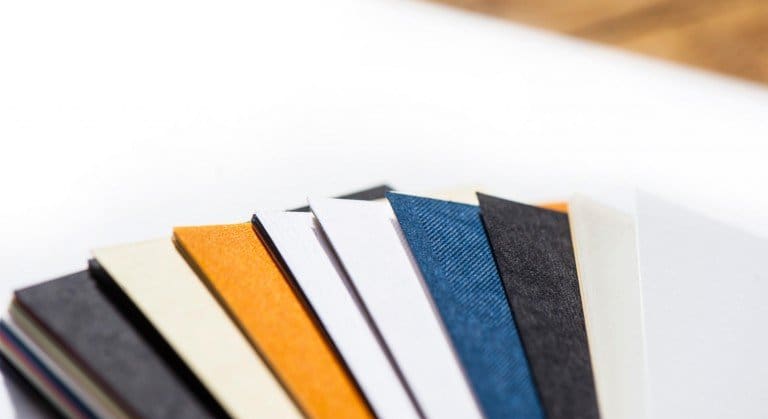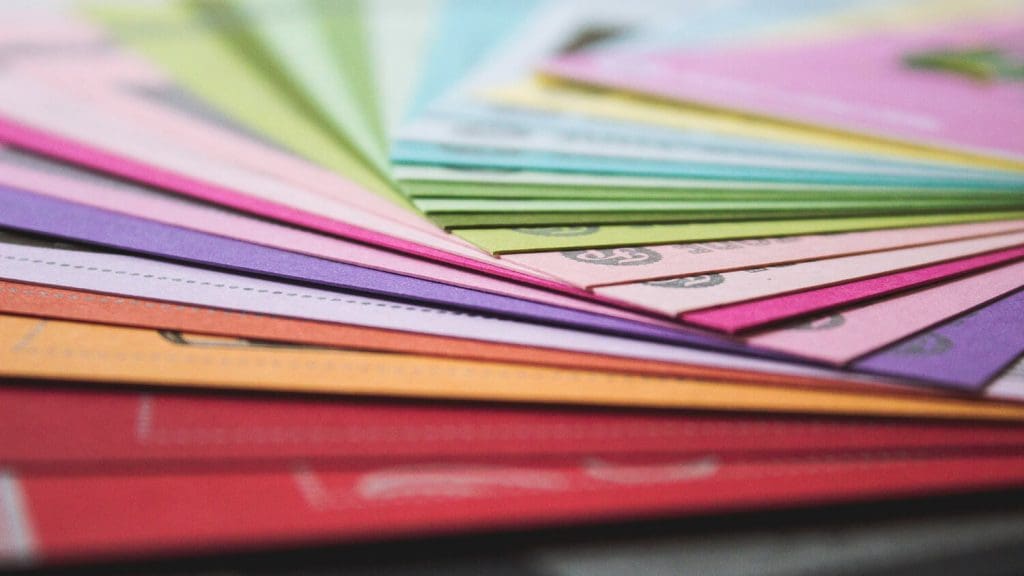The Science of Presentation: Print Still Matters
![Print and graphic design]() Print Design Still Matters
Print Design Still Matters
You use promo codes instead of taking a coupon shopping with you. Your National Geographic subscription is now just a digital copy for your iPad instead of the print copies we all have dozens of sitting on a book shelf from years past. You get your news online before you even get out of bed instead of walking outside to get the morning paper. In many instances, people have leaned away from print in favor of the convenience of digital media.
Convenience may be a major motivator (along with quality of content), but you better believe that print still matters.
Well-designed printed materials with targeted content are still strong, and they aren’t going anywhere. Think business cards, brochures, rack cards you pick up on impulse because they caught your eye, packaging for a product ordered online, store signage, polished menus, even certain catalogs and other direct mail. All of these things leave a first impression of a product, service, or person’s abilities. Now think about which ones you hold on to and which ones end up crumpled in your bag or tossed in the trash the next time you clean out your car. If convenience is a factor, then presentation (user experience!) is paramount. It’s reasonable to say there is a good balance of power there.
What drives our impressions of what to pick up and then hang on to or act on? What leaves us satisfied that we are holding something of quality? Attractive design is key, of course, but it’s not everything when it comes to presentation. Here, we’ll look specifically at the role of print in presentation, and for the answer, we turn to science.
The Study

In an article first published in 20101, some very brainy scientists released the insightful results of their experiments on how physical touch affects our judgements. With touch being the first sense that we develop, it’s no wonder that it should continue to be critical to our interactions with both people and objects throughout our lives. The extent to which it forms often even unfair impressions, though, is something that everyone who owns any type of business should really take note of.
The researchers state that “the experience of weight, exemplified by heaviness and lightness, is metaphorically associated with concepts of seriousness and importance. This is exemplified in the idioms “thinking about weighty matters” and “gravity of the situation.” So they put it to the test. First, they had people evaluate the résumé of a job candidate on either a heavy or lightweight clipboard. The people who were handed the heavy clipboards consistently rated the candidate as better overall and as being more serious about the job.
Second, with the same clipboards, different people were asked to fill out a “social action survey”. Those who filled out the survey on the heavy clipboards consistently allocated the most money to the various causes in the survey.
So weight matters. Identical information, different presentation.
Yet another one of their experiments had participants assemble a puzzle that was either rough (like sandpaper) or smooth, then assess a passage about an ambiguous social interaction rating it as either adversarial or friendly, competitive or cooperative, etc. Those who had just assembled the rough puzzle rated the interaction as more harsh or difficult than those who had the smooth puzzle.
So texture matters. The actual feel of something in hand affects perception of not just the object, but of an immediately following scenario that might not have anything to do with the object at all!

Applying This to Your Business Marketing
What is the takeaway here? Weight conveys seriousness, quality, and it makes people more likely to spend money. Pleasant textures make people think on things more favorably. Even if the nice-feeling thing they are holding isn’t actually the end-product – think product packaging, a brochure about a service or nonprofit, or presentation folders for your next proposal.
Humans rely heavily on haptic interactions to gather information and make judgments. Your product or service is being marketed to humans. We perceive value with our hands, not just our eyes, so it is imperative to make sure that every time you hand someone a business card, it conveys quality and a pleasant feel. When someone picks up your rack card or product catalog, the weight of the paper will imply that your service or product is serious and worth spending money on. The texture – the smoothness of the paper, the spot UV coating or embossed logo – will add polish and give off a positive impression in a way that digital physically can’t. Even some magazines are finding the value in having high-end printing and paper choices yield a coffee-table quality product that people will pay for because it really lets the quality of the content shine. It’s beautiful. Just check out any issue of Collective Quarterly. You’ll be stroking the cover with admiration before you even open up to the heavy, matte pages.
This is all a confirmation of what folks in the print industry have always known. Tear-off business cards, flimsy presentation, and cheap-feeling product packaging could actually be decreasing your sales at a rate that exceeds the money you could save on your print order by opting for cheaper materials. The visual design of your marketing and brand are elevated by imparting a proven perception of quality and value.
So where do you start to incorporate these principles into your marketing? First of all, reputable designers will have experience in printing and can make educated suggestions about weight, texture, and finish for your needs. If you want to go a step further and feel these for yourself, swing by a quality printing company and ask to see some of their samples. Good printers should have a plethora of beautiful samples from previous print jobs to show you just what the possibilities are. We’re fans of Telepathic Graphics in Rocky Mount and Raleigh, NC for locals, but wherever you live, a printer should be happy to show off their goods.
The lesson here is that in a digital age, print still matters as an important part of your marketing presentation. Your digital investment — your website, email marketing, etc. — should be complimented by your print investment to leave prospective customers with a strong sense of perceived value associated with your brand.
1. “Incidental Haptic Sensations Influence Social Judgments and Decisions” by Joshua M. Ackerman, Christopher C. Nocera, and John A. Bargh

 Print Design Still Matters
Print Design Still Matters